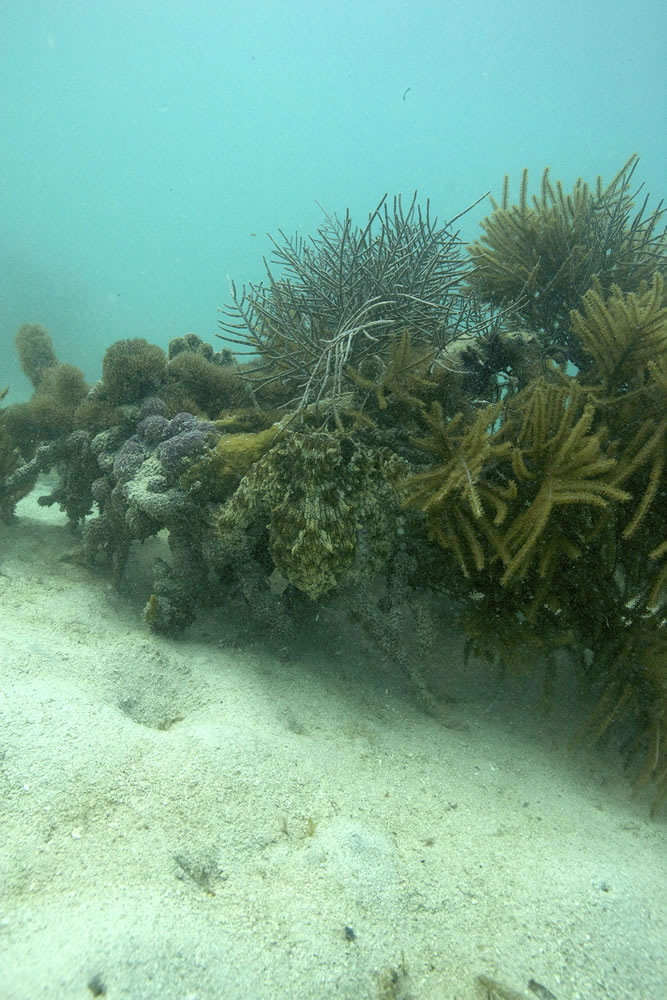At first glance, the thumbnail-size grids of 256 minuscule black squares seem to have nothing to do with the octopus, squid and cuttlefish that inspired them. But these high-tech microconstructions of polymers, semiconductors, light sensors and heating elements are what you get when scientists attempt to replicate the camouflaging ability of the animal world.
One of the goals of the scientists’ work, which explains the Navy’s financial support of the project, is to invent synthetic skins that can recast their textures, colors and patterns to match their surroundings — match them well enough that the skins and what’s underneath them essentially disappear.
For millions of years, hiding has been a primary means of survival for soft, gushy and often defenseless cephalopods, which predators find so alluring that squid and related creatures are a bait of choice for fishermen. Engineers can learn a lot from these masters of deception.
“The power of evolution is spectacular,” says John Rogers, a materials scientist at the University of Illinois at Urbana-Champaign who is part of a multi-institutional team developing high-tech camouflage. “We are taking inspiration from nature to build devices that can respond and adapt to the lighting and coloration of whatever environment they are in.” The scientists envision paints and fabrics that can change their patterns swiftly, even entire naval vessels that can blend into their surroundings with octopus-inspired camo skins.



